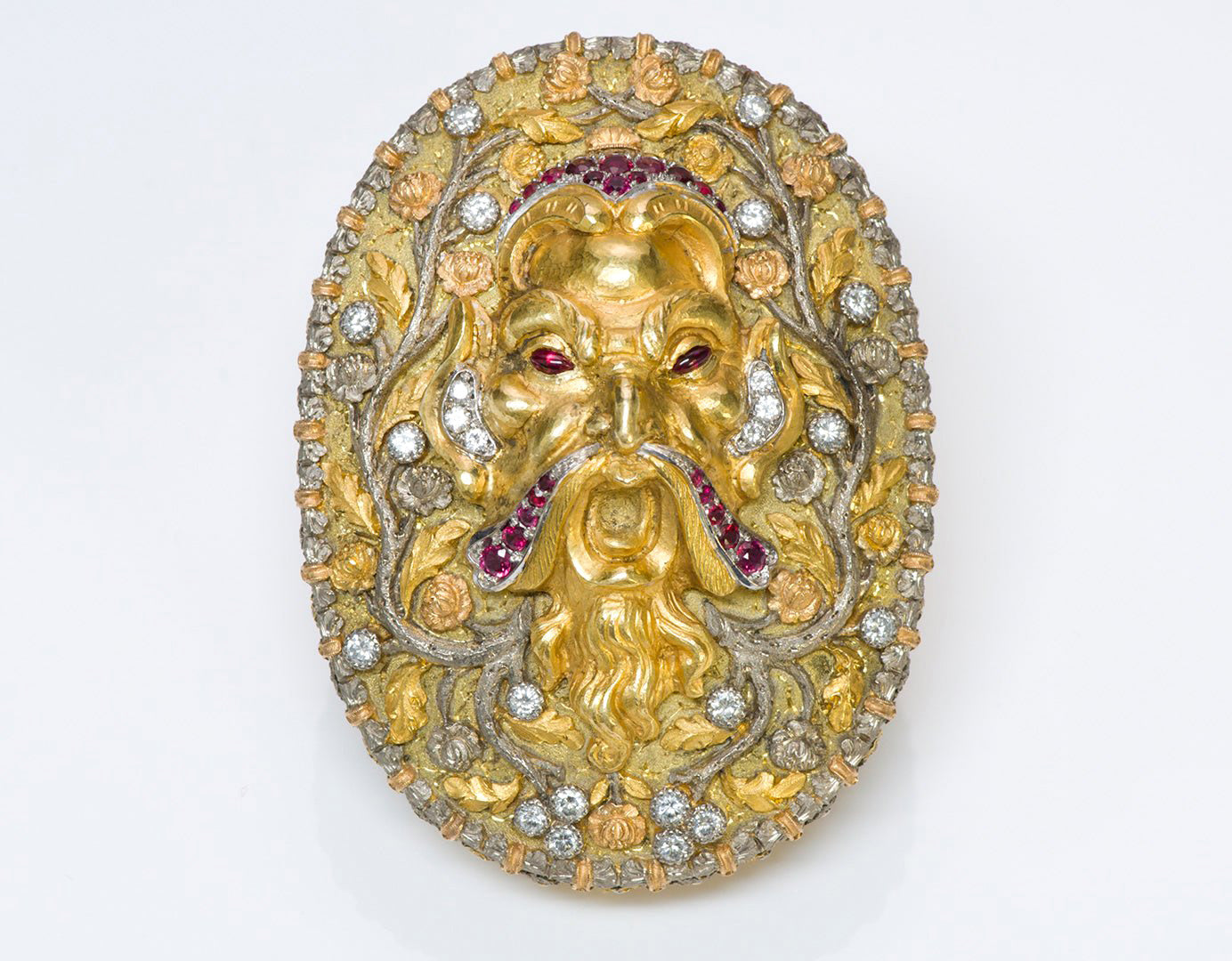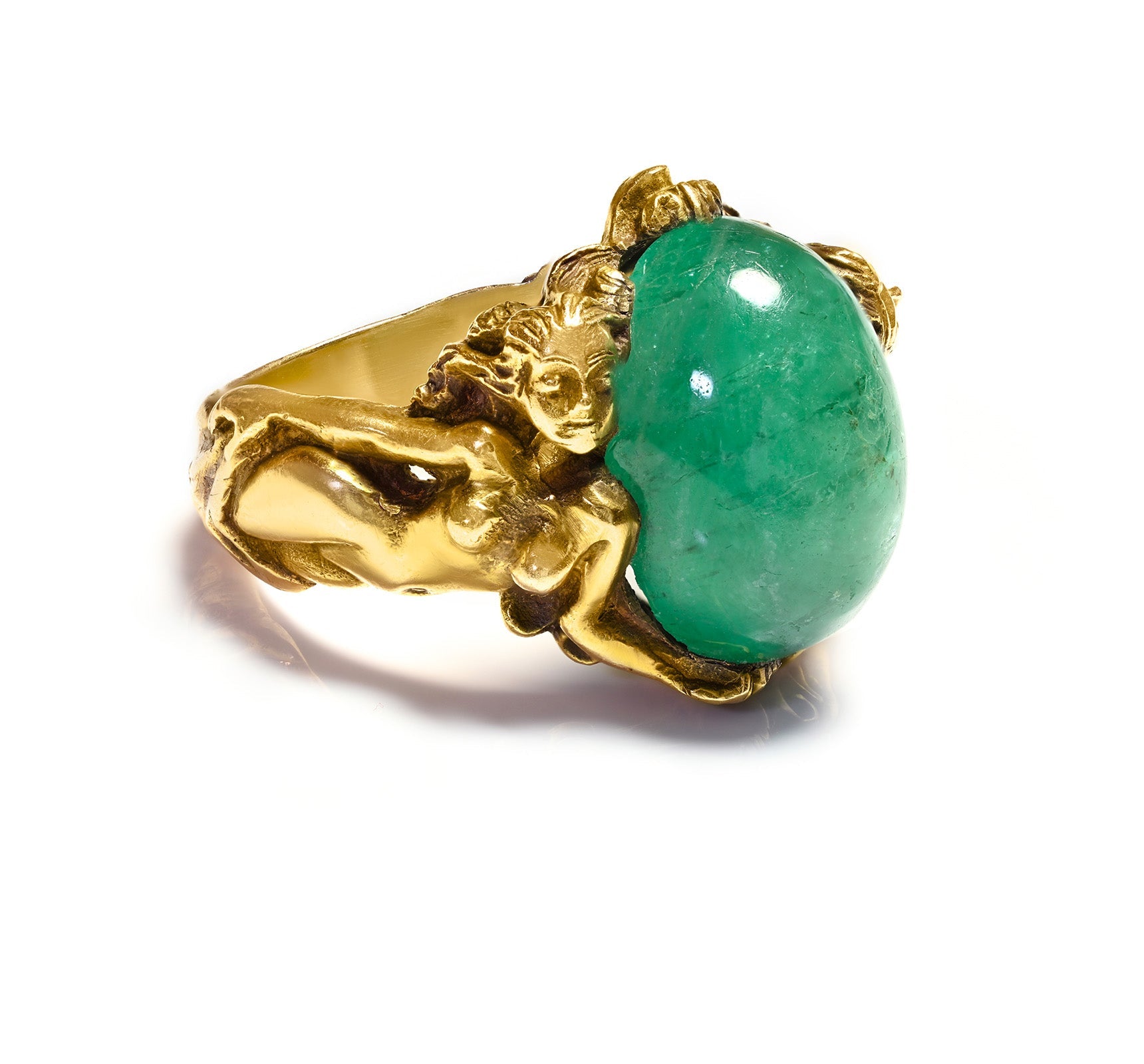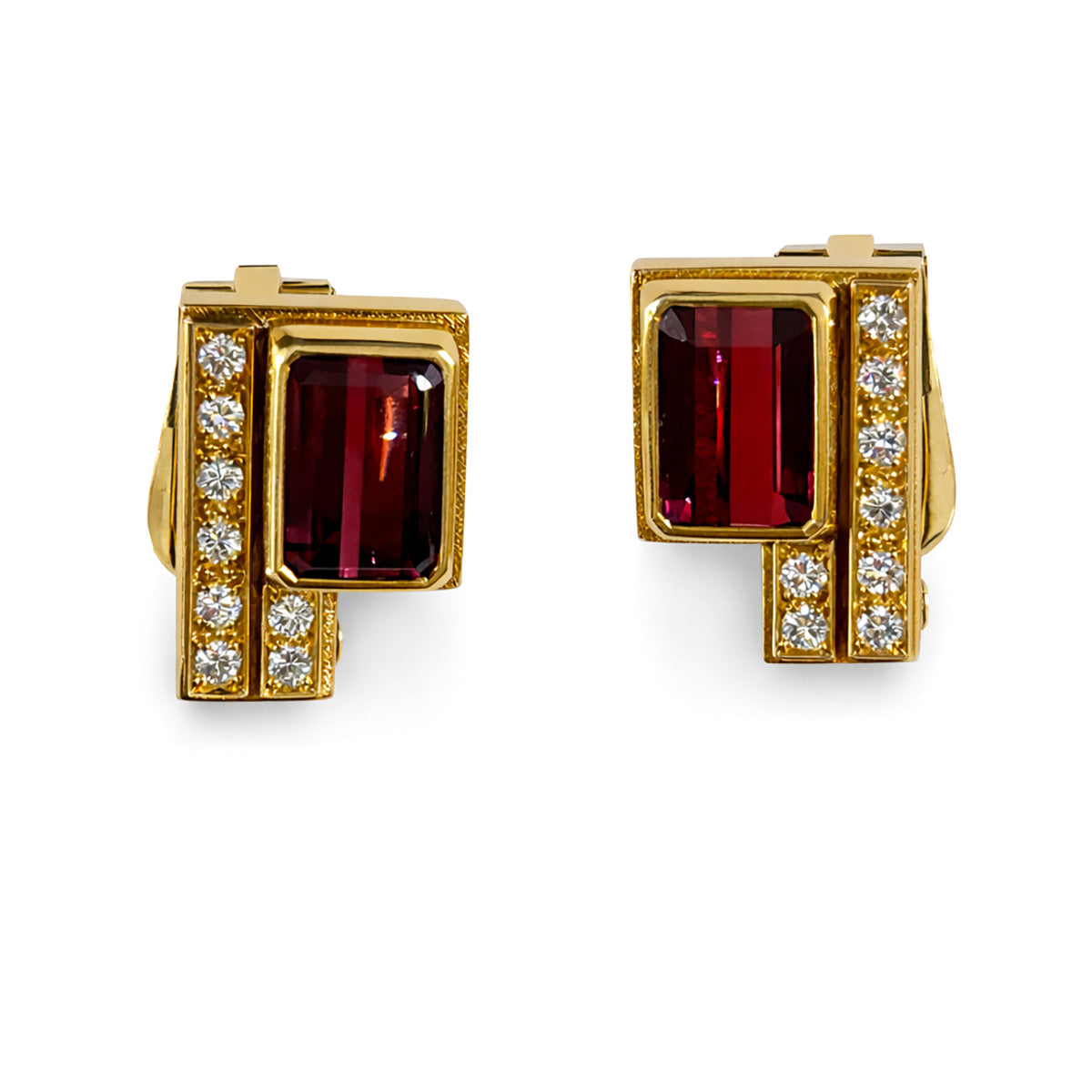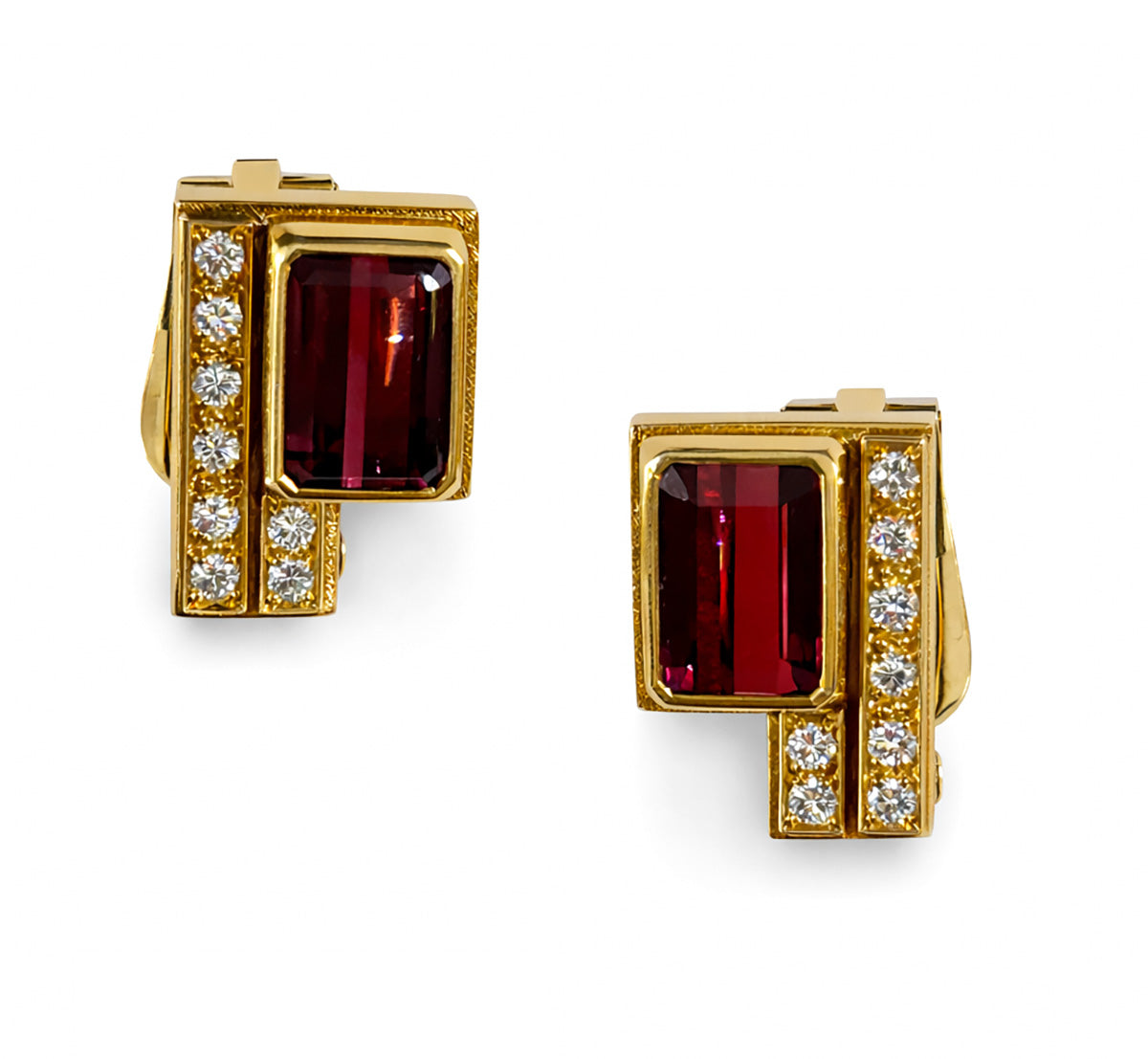
Greek Jewelry – From Ancient to Modern Times
With a history that dates back to prehistoric times, Greece is home to one of the richest jewelry traditions in the world.
Discoveries of extraordinary artistic craftsmanship have been made on Crete and other Aegean islands, once home to the Minoan civilization. Greek goldsmiths are still inspired by the artistic iconography of antiquity, which we can access thanks to the archaeological discoveries of Mycenae.
When we look back, we see that the ancient Greeks made significant contributions to many modern accomplishments, including science, art, technology, mathematics, philosophy, and architecture. Greek jewelry is another enduring influence, though it frequently doesn't make the list. In this regard, the Greeks were ahead of their time.
Greek Ancient Jewelry
The abilities and equipment for working with metals became innovative as the Bronze Age expanded its global influence with its discoveries and technologies. The Greeks further developed these skills to create jewelry.
The cost of materials increased because they were harder to come by than feathers and other simpler materials. Only the wealthiest could afford these new pieces of art due to the craftsmanship and cost involved in producing jewelry. As a result, jewelry began to serve as both a medium for art and a symbol of status and wealth.
Wearing gold jewelry was encouraged by the abundance of gold in Mesopotamian and Egyptian cultures. The use of gold in jewelry was evident in the paintings and artifacts from those empires, but the aesthetics of the many cultures remained highly stylized and unique.
Each culture was motivated to produce jewelry in celebration of its own beliefs by the many ways its gods were portrayed. Greek ancient jewelry drew inspiration from various dynasties while maintaining its unique style.
Gold was first used in ancient Greek jewelry when Alexander the Great became a global powerhouse.
The Roman Empire expanded its power and influence across the world in the second century, acquiring many ancient nations and peoples along the way. As a result, jewelry and other fashion trends became more popular worldwide.
Precious Gemstones
The ancient Greeks incorporated valuable stones like topaz, pearls, chalcedony, carnelian, garnet, emeralds, aquamarine, and amethyst into their designs, and they also adopted the use of metals from neighboring countries.
Many ancient Greek jewelry wearers celebrated Greek conquests or honored the gods with scenes from mythological stories displayed on their accessories. Jewelry evolved from a simple ornament to a religious statement and declaration.
Artistic Quality
Greek jewelry differed from other accessory trends of the time, not just in terms of appearance. The Greeks exploited jewelry-making as a commercial enterprise.
They developed techniques for using molds to make duplicate components. Expensive materials were placed on lower-value bases using thinner gold sheets, or gold leaf, making the resource available to a wider range of consumers.
This was a period of greatly increased artistic quality. The fact that these methods are consistent with the Golden Age of Greece is not surprising.

Greek jewelry peaked in terms of diversity, inventiveness, and extravagance in the 10th and 11th centuries, when the Byzantine emperors' magnificent court was mirrored in the production of pricey jewelry.
Simultaneously, tiny crafts thrived, and the importance of the clergy and church resulted in the production of extremely complex liturgical artifacts.
Traditions
The Greeks believed jewelry had such intrinsic significance that it ought to accompany its wearer into the afterlife. Many wealthy Greeks were buried with their valuables. The majority of ancient Greek jewelry currently in existence was found at burial sites.
Certain aspects remained consistent, even though Greek history may be observed in relationships with trends, ancient jewels, and the development of Greek art. Greek gods and goddesses shown in caricature are common features of Greek jewelry, as is their love for gold settings with vivid stones.
Finding ancient jewelry with Greek designs can be made easier by familiarizing yourself with Greek mythology, its deities, and its folklore.
Trends
Fashion trends varied regularly, as in all civilizations. What was fashionable one season might not be the next. Historians observe that the Greeks possessed a variety of jewelry items specific to their eras. From the Bronze Age to the Hellenistic Period, and from Minoan Greece to Mycenaean Greece, these ideal appearances changed.
The majority of earrings had spherical characteristics and were frequently dangling. Some featured vivid, striking blue lapis stones.
The classiest Greek women would obviously choose gold with a pearl or stone accent. Earrings could be as simple as a gold-trimmed stone hanging from your fingertip or as elaborate as an all-gold representation of the head or full body of a revered god.
A delicate gold chain or a string of pearls might have been the choices for necklaces. Often, the wearer would select a pendant to adorn the necklace. Like earrings, these pendants would frequently feature an exquisite stone or a depiction of a god.
Moreover, wide-gauge necklaces with patterns encircling much of the neck were fashionable in ancient Greece.
From the Byzantine Empire to Modern Times
The Byzantine Empire came to an end, and the Ottoman Empire emerged with the fall of Constantinople in 1453. The craft of jewelry making was preserved, and it experienced a resurgence of prosperity in the 17th and 18th centuries.
Since gold was scarce, silversmithing centers were formed throughout Greece, and artisans continued using age-old hammering and engraving techniques on silver and bronze. Jewelers of the post-Byzantine era were inspired by Byzantine symbols like the double-headed eagle as well as older patterns.
When the Greek state was founded in the 19th century, European influences poured in, and the national education system was established, which caused both ancient and more contemporary Greek civilizations to be reevaluated.
Greece has had a particularly vibrant jewelry industry since the 1950s, thanks to its goldsmiths. They draw inspiration from the past as well as from the natural and cultural surroundings, demonstrating their proficiency by fusing old and new techniques.
The Ilias Lalaounis Jewelry Museum
The Ilias Lalaounis Jewelry Museum (ILJM) is one of the few museums worldwide and the first in Greece dedicated to the art of jewelry. There, you can explore numerous examples of exquisite craftsmanship and learn about the lengthy and rich history of jewelry in Greece.
The museum's collection of more than 4,500 jewelry pieces and microsculptures is a tribute to the work of artist and jeweler Ilias Lalaounis (1920–2013), who founded the renowned fine jewelry house.
The master jeweler left behind a significant archive of drawings, goldsmithing equipment, and maquettes of special commissions. His inspirations included the history of world art, ancient Greek art, science and technology, nature, and children's drawings.
Since 2001, the Museum has added modern artistic jewels by Greek and foreign artists to its collection of historically significant jewelry and decorative art works.



















